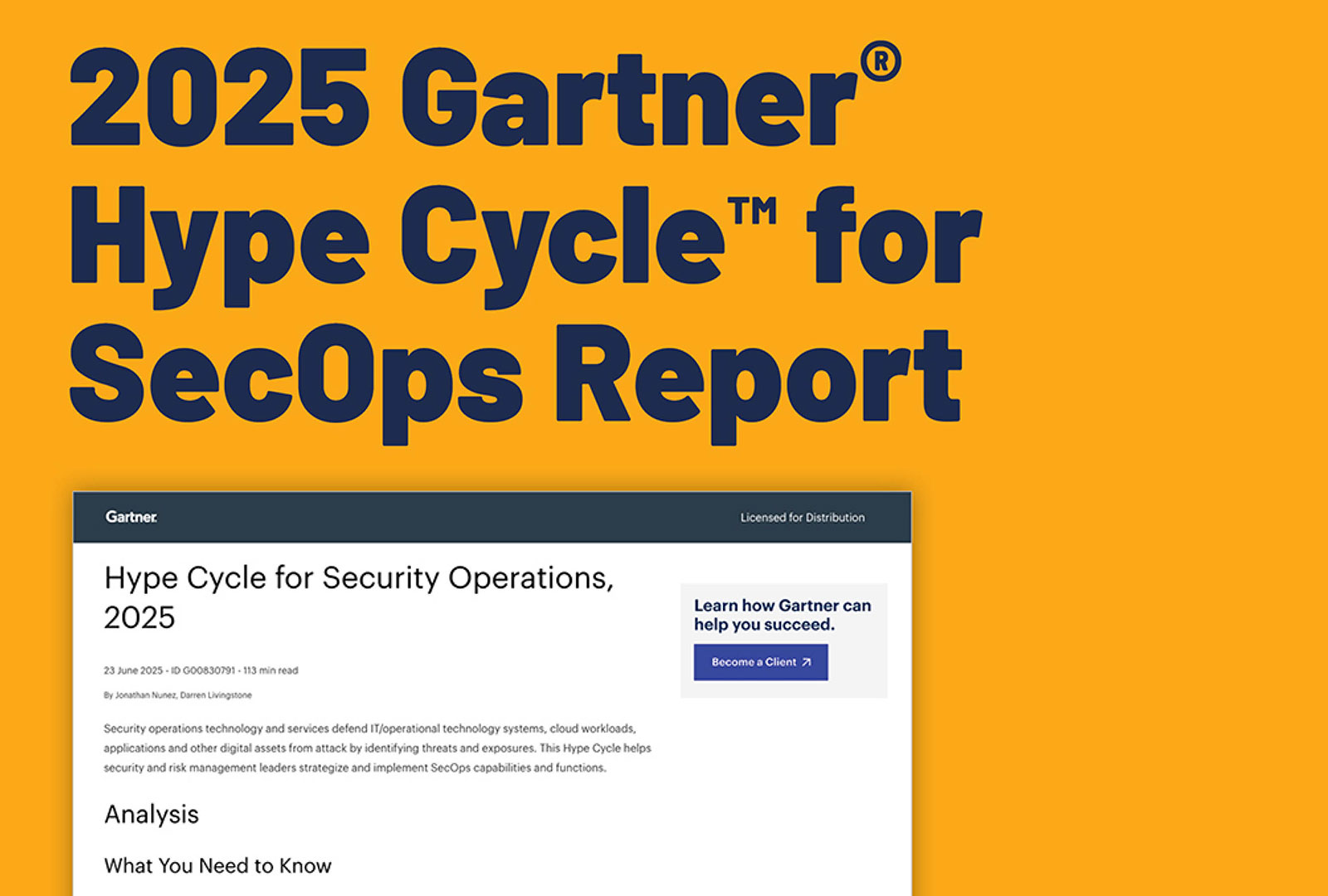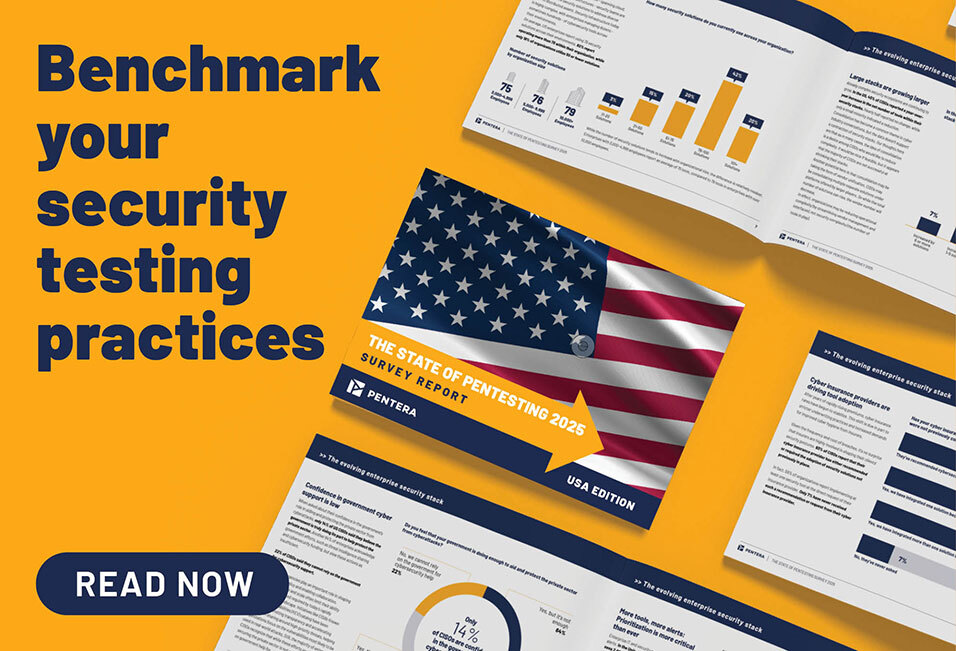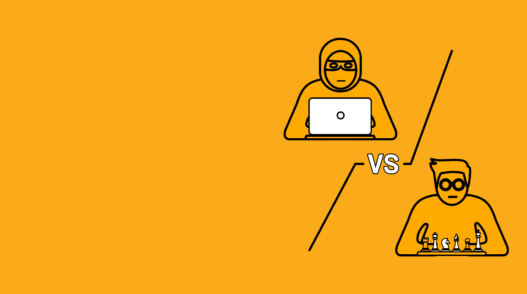In a recent feature on The Hacker News, Shawn Baird, Associate Director of Offensive Security & Red Teaming at DTCC, shared how he successfully communicated the Security Validation ROI to senior management and secured funding for an automated security testing platform.
As security budgets expand, organizations are under increasing pressure to justify cybersecurity investments with tangible business outcomes. Security leaders must move beyond compliance-driven security and prove measurable value—demonstrating cost savings, operational efficiency, and risk reduction. Baird outlined key strategies that helped him translate security validation results into financial ROI, gaining executive buy-in for continuous, automated testing.
The Business Case for Security Validation
Baird emphasized that security validation should not be positioned as just another security tool but rather as a business-critical function that enhances efficiency, reduces reliance on third-party services, and strengthens resilience against modern cyber threats.
“At DTCC, we’ve long practiced security validation, but we needed a technology that would amplify our efforts,” Baird explained. Instead of relying solely on expensive, highly skilled engineers to conduct manual validations, automation allowed the team to expand its testing coverage. By implementing an Automated Security Validation platform, DTCC continuously validated security controls, reduced the burden on its red team, and scaled security testing beyond standard penetration tests to uncover real exploitable vulnerabilities rather than theoretical risks.
Justifying ROI: Three Core Areas of Impact
Baird’s team demonstrated measurable Security Validation ROI through increased productivity, cost savings, and risk reduction.
Automating manual security assessments freed engineers to focus on complex threat-hunting tasks while expanding testing frequency without additional headcount. Security engineers spent less time running tests and more time analyzing threats.
Shifting validation in-house also reduced reliance on third-party penetration testing firms. The team repurposed an existing budget from manual pentesting to continuous validation, allowing analysts with less offensive expertise to conduct high-value security tests.
Continuous validation reduces exposure to real-world cyber threats by enabling ongoing testing instead of periodic assessments. DTCC strengthened its ransomware defenses by safely testing real-world attack scenarios. According to IBM’s 2023 Cost of a Data Breach Report, organizations using proactive risk management strategies reduced breach costs by 11%.
Overcoming Internal Roadblocks: Addressing Safety Concerns
One of the key hurdles in deploying an Automated Security Validation platform was gaining approval from DTCC’s architecture review board. The idea of running automated exploits in a production environment initially raised concerns about operational risks.
To address this, the security team took a phased implementation approach. They first conducted limited-scope testing on non-critical systems to demonstrate platform safety. Next, the platform was integrated into red team engagements alongside existing tools to validate effectiveness. Finally, its use was expanded incrementally to critical assets after proving its reliability. By ensuring a structured, risk-managed rollout, DTCC gained organizational confidence in automated testing, paving the way for full-scale adoption.
Budgeting Strategy: Where Security Validation Fits
Securing budget approval required positioning Pentera as part of DTCC’s offensive security strategy, alongside red teaming tools, vulnerability scanners, and breach and attack simulation (BAS) solutions.
A direct cost-benefit analysis revealed that DTCC’s annual spend of $150,000 on ransomware testing was reallocated to continuous security validation. This allowed for more frequent testing at the same cost, expanding testing capabilities without increasing cybersecurity spending.
Beyond ROI: Additional Business Benefits
Baird highlighted several long-term benefits beyond financial ROI. Automating repetitive testing reduced burnout, allowing security engineers to focus on more strategic work. Collaboration between red teams, blue teams, and SOC teams also improved, leading to faster response times.
The shift to continuous validation helped streamline compliance audits by providing readily available validation data for frameworks such as NIST, ISO 27001, and PCI DSS. Additionally, DTCC leveraged Security Validation to lower its cyber insurance premiums, reinforcing the financial benefits of the investment.
Key Takeaways for Security Leaders
For organizations seeking budget approval for Automated Security Validation, Baird recommends focusing on business outcomes rather than just security improvements. Positioning security investments in terms of cost savings, operational efficiency, and risk mitigation resonates more with executive stakeholders. Security leaders should also highlight how continuous testing aligns with compliance requirements and emphasize the risks of inaction, including stolen intellectual property, operational disruptions, and reputational damage.
Industry research can help strengthen the business case. Reports such as IBM’s Cost of a Data Breach, Gartner’s Hype Cycle for Security Operations, and the MITRE ATT&CK framework provide valuable insights into the benefits of continuous security validation.
Calculate Your ROI on Security Validation
As organizations face growing scrutiny over cybersecurity budgets, security leaders must prove the business value of their investments. Automated Security Validation offers a data-driven approach to justifying security spend, demonstrating cost reductions, increased operational efficiency, and minimized breach risk.
For DTCC, adopting Pentera’s Security Validation platform resulted in expanded testing without increasing headcount, reduced third-party testing costs, strengthened ransomware defenses through real-world attack simulations, and streamlined audit readiness.
For security leaders looking to build a compelling business case for continuous security validation, Baird’s approach serves as a proven model for securing budget approval and maximizing cybersecurity ROI. Learn more about how you can how prove the Security Validation ROI—cut costs and secure executive buy-in.
Read the original article on The Hacker News here.
Frequently asked questions
What is the ROI of security?
The return on investment in security is measured by how well an investment reduces cyber risk, operational overhead, and financial loss while improving an organization’s resilience against attacks. Security validation delivers tangible ROI by continuously testing security controls, identifying real exploitable vulnerabilities, and reducing reliance on expensive manual penetration testing.
How do you calculate ROI in cybersecurity?
The return on investment in cybersecurity is calculated by comparing the financial benefits of security improvements against the cost of implementing those security measures. The benefits typically include cost savings from preventing breaches, reducing third-party testing expenses, and improving operational efficiency. If a company spends a certain amount on security validation and, as a result, reduces potential breach costs or eliminates redundant security expenses, the difference represents the return.
What is considered a good ROI for security investments?
A good return on security investments is one that significantly reduces risk exposure and security costs while maintaining compliance. Organizations implementing automated security validation often see reductions in breach costs, faster detection of security gaps, and less reliance on external assessments. The financial impact of security validation should outweigh its cost by demonstrating a measurable improvement in an organization’s ability to prevent cyber incidents.
What is the rate of return on security investments?
The rate of return on security investments depends on factors such as the organization’s attack surface, security maturity, and level of automation. Continuous validation helps improve this rate by ensuring that security teams identify threats proactively, reducing financial and operational risks before a breach occurs.
Is 80 percent ROI good?
An eighty percent return on investment is considered high, especially in cybersecurity, where the financial and reputational cost of a breach can be devastating. Security validation ensures that cybersecurity investments deliver measurable protection against real-world attack scenarios, making it a worthwhile investment for security-conscious organizations.
What does ROI stand for in security?
ROI stands for return on investment, which in cybersecurity refers to demonstrating how investments in security controls reduce attack risk, minimize breach impact, and improve efficiency. Security leaders use ROI to justify spending on security initiatives by proving their effectiveness in preventing financial losses.
What does ROI mean in risk assessment?
In risk assessment, return on investment measures the effectiveness of security controls in mitigating financial, operational, and reputational risks. Automated security validation helps organizations quantify risk reduction by continuously testing defenses against evolving attack methods, providing security teams with data on the actual impact of potential threats.
What is the ROI of security awareness training?
While security awareness training helps reduce human error, its return on investment is difficult to quantify compared to automated security validation, which provides clear, measurable results. Security validation allows organizations to test real-world attack scenarios and ensure that security measures are effective, whereas training alone does not guarantee behavioral change or risk reduction.
What is the formula for cybersecurity risk ROI?
Cybersecurity return on investment is calculated by comparing the cost of a potential security breach with the cost of implementing security controls that prevent the breach. If the cost of a data breach is significantly higher than the cost of security investments, then the return is positive. Automated security validation helps organizations quantify these savings by identifying security gaps before they lead to costly incidents.
How is ROI calculated for technology investments?
Return on investment for security technology is determined by assessing cost savings from reducing manual effort, operational efficiency gains, and the impact of risk reduction. Organizations that shift from periodic manual testing to continuous security validation can justify their investments by demonstrating reduced reliance on third-party testing, fewer security incidents, and improved compliance readiness.
What is the best way to justify security investments?
Security leaders should focus on business outcomes rather than just technical improvements. The most effective approach to justifying security investments is to demonstrate cost savings by replacing periodic security assessments with continuous validation, highlight operational efficiencies gained from automation, show how security validation aligns with regulatory compliance, and emphasize the financial impact of inaction, including breach costs, legal consequences, and reputational damage.






